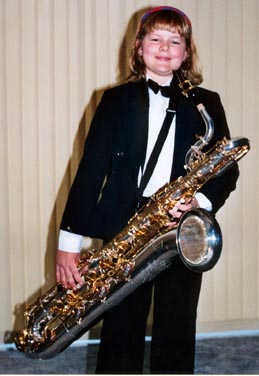|
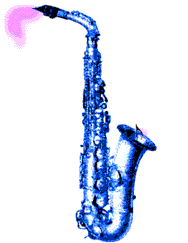
The Saxophone.
The saxophone is a reed instrument, but is caught in the middle between being a member of the Woodwind family and Brass family.
It is a very versatile instrument, used in both Concert Band and Jazz Bands and has a very unique quality to the sound.
Nearly all students who learn sax love it! Many students who already learn another instrument will also learn Sax as a second instrument because of its appeal and flexibility.
There are three different Saxophones that we teach in the Concert Band Program.
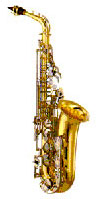
Firstly, there is the Alto Sax. This instrument is the smallest of the family and is usually used to support the melody and sometimes add harmony. Sometimes a Band Piece will feature the Alto Sax.
To have the correct balance in the Concert Band we really need to have a few Alto Sax players.
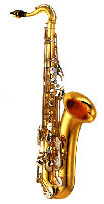
The Tenor Sax plays a very important role in the Concert Band because is adds depth to the presentation of the piece. Sometimes it is featured as a solo instrument as in The Pink Panther Meets the Wizard of Oz and so we cannot learn these pieces if we do not have adequate Tenor Sax players.
It is also used to add harmony and support the main melody of the piece.
It is bigger than the Alto Sax and is suitable for the student who is well built for their age with a good hand size.
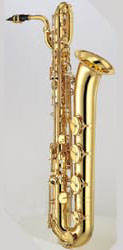
Finally, we have the Baritone Saxophone. This is the 'Big Daddy' of the saxes.
This fellow can have heaps of fun. Although his function is to support the lower brass and the bass lines, there are pieces written that really give him the opportunity to shine and have heaps of fun, especially in Jazz and popular music.
Next time you are listening to the radio, listen out for this fellow in the background, you cannot miss his deep, low notes and often fun parts.
It is a big instrument and therefore suitable for the oldest, well built primary school student or high school student.
Young students who aspire to play this instrument should start on one of the smaller saxes and move on to the bigger instruments as stature (and budget) permits.
However, the role of the Bari sax is indispensable.
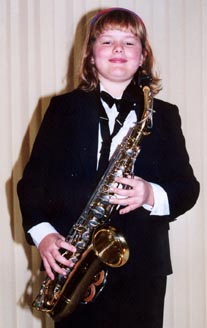
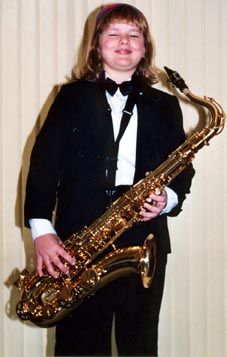
On the left we have a student holding the Alto Saxophone and on the right we have the same student holding the Tenor Saxophone and below the same student holding the Baritone Saxophone.
You can see from the pictures how much larger the Tenor Sax is and the slight difference in shape, especially around the 'neck' of the instrument. Take note also of the increased size of the Baritone Saxophone.
The larger the instrument the lower the sound.
| 

